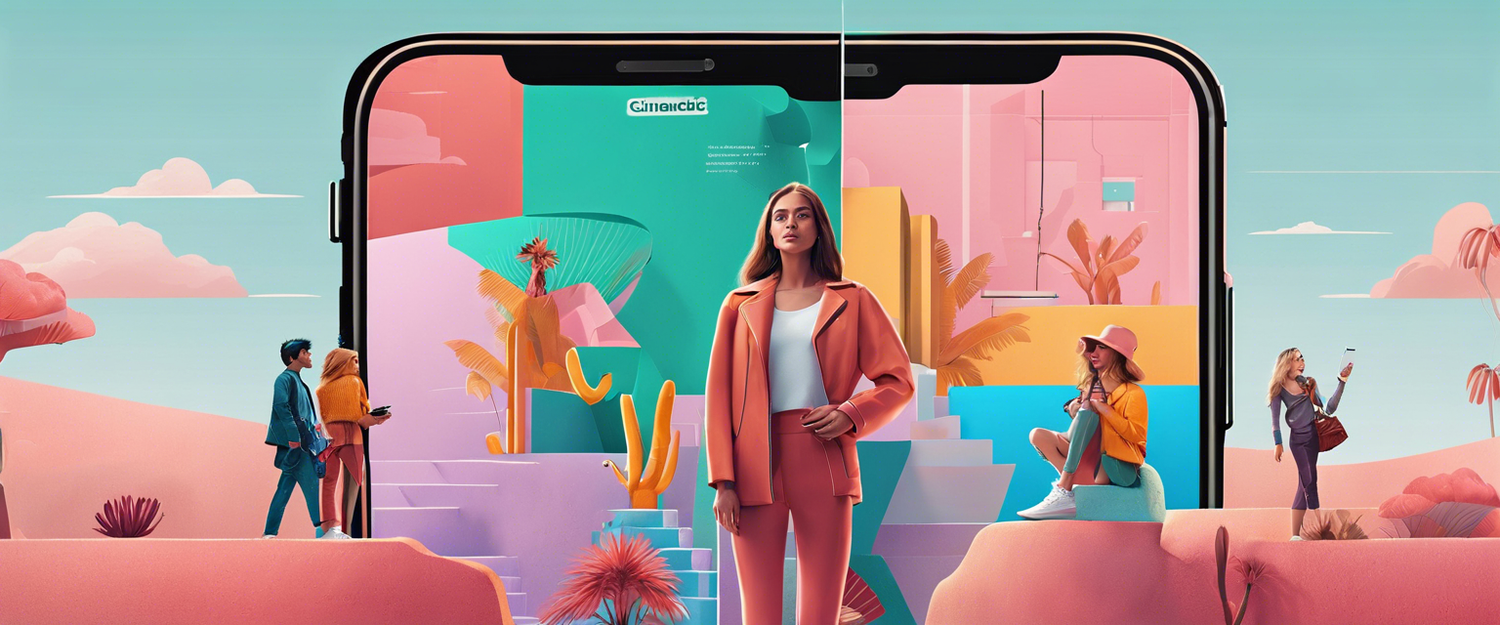Introduction: Unleash the Potential of ElevenLabs API
Welcome to this in-depth tutorial where you'll unlock the full potential of Eleven Labs API to create a dynamic AI-powered brainstorming partner app. In this section, we'll introduce you to the exciting world of Eleven Labs API and give you a glimpse of what's ahead in this comprehensive guide.
Are you ready to embark on a journey into the realm of AI-driven creativity? Eleven Labs API opens the door to endless possibilities, allowing you to harness the power of AI speech synthesis for your unique applications. In the following sections, we'll dive deep into the technologies that form the foundation of our project. Let's begin our exploration of the Eleven Labs API, Anthropic's Claude, ReactJS, and Flask as we build your AI-powered brainstorming partner app step by step.
Introduction to ElevenLabs and Speech Synthesis
ElevenLabs is a voice technology research company that specializes in developing "the most compelling AI speech software for publishers and creators." Their goal is to instantly convert spoken audio between languages by making on-demand multilingual audio support a reality across various domains including education, streaming, audiobooks, gaming, movies, and even real-time conversation. They offer a suite of tools ranging from voice cloning to designing synthetic voices and their main offering, text-to-speech models which rely on high compression and context understanding.
Understanding Anthropic's Claude: Your Chatbot's AI Engine
Anthropic is an AI safety and research company, emphasizing safety, interpretability, and reliability in their AI systems. They believe AI has the potential to fundamentally change how the world works. By promoting AI safety on an industry-wide scale, they aim to build frontier AI systems that are reliable, interpretable, and steerable.
Their flagship product, an AI model called Claude, is accessible via a chat interface and a free-to-use API. It is capable of a vast array of conversational and text processing tasks while maintaining a high degree of reliability and predictability. Users describe Claude's responses as "detailed and easily understood, resembling natural conversation." This capability made Claude the ideal choice to power our brainstorming partner chatbot app.
Leveraging ReactJS for Intuitive User Interfaces
ReactJS is a popular Javascript/Typescript library used for developing user interfaces, particularly single-page applications. It enables developers to build both simple and complex apps from the ground up, component by component. One of React's standout features is its efficient state management, allowing specific parts of the UI to update and render without requiring a full-page reload. This makes ReactJS an excellent choice for building the front-end of our brainstorming partner chatbot app.
Building a Robust Backend with Flask
Flask is a lightweight Python-based web framework that is simple and easy to use. Developers can start small by adding a few routes and expanded functionalities over time. This tutorial utilizes Flask to build the backend of our chatbot app, as most libraries, such as anthropic and elevenlabs, are readily available for Python.
Prerequisites
Before diving into this tutorial, it's advisable to have:
- Basic knowledge of Python, preferably Flask
- Basic knowledge of Typescript and ReactJS
- Access to ElevenLabs API
- Access to Anthropic's Claude API
Outline
Here's an overview of what we'll cover in this tutorial:
- Initializing the Projects
- Building the Backend
- Testing the Backend
- Building the Frontend
- Testing the Brainstormy App
Step-by-Step Tutorial: How to Use Eleven Labs API
Step 1: Initializing the Projects
First, let's initialize our projects for our chatbot app, which we will call "Brainstormy." In this tutorial, we will create two separate projects: one for the backend and the other for the frontend.
Initializing the Backend
The steps for initializing our backend project primarily involve setting up a virtual environment to isolate our dependencies from the outside world and installing Flask as the foundation of our backend.
- Create a new directory for your project:
- We will name the backend "brainstormy-backend." Let's create the directory and enter it.
- Create a new virtual environment:
- Next, create our virtual environment, which we will call
env. - Activate the virtual environment:
- The command to activate this will vary depending on your operating system.
- Install Flask:
- With our virtual environment activated, we can now install our dependencies! Start with installing Flask.
- Create a new Flask application:
- Let's create a file named
app.pyand edit it with our favorite IDE or code editor. We will add the following code to create a simple Flask app.
Initializing the Frontend
Create a new ReactJS application:
- We can create a new ReactJS application using
create-react-app. Ensure Node.js is installed first. - Run command to initiate:
npx create-react-app brainstormy-client.
This creates a directory named "brainstormy-client" with the new ReactJS application inside.
Installing TailwindCSS for Styling
We will install TailwindCSS for our app's styling:
- Change directory to
brainstormy-client. - Run command:
npm install tailwindcssand initialize the library.
Step 2: Building the Backend
Now, we will focus on coding, starting by installing additional necessary libraries for our backend.
Installing the Necessary Libraries
- Run our command to install the required libraries:
We will include libraries like flask-cors, anthropic, and elevenlabs alongside pydantic library.
Editing the app.py file
In app.py, we will perform the following:
- Import necessary modules and packages such as
os,flask,elevenlabs,anthropic, etc. - Initialize the Flask application while setting up
CORS. - Define route for generating chat responses and generate speech through the corresponding endpoints.
- Run the application in debug mode.
Step 3: Testing the Backend
Ensure our backend functions correctly by using tools like Postman or Insomnia. After confirming proper functionality, we can proceed to build the frontend.
Step 4: Building the Frontend
After successfully testing the backend, we will now move on to building the frontend components, specifically App.tsx and Chatbot.tsx.
Chatbot.tsx Component
This component encapsulates all actions and state management for our chatbot app, handling user inputs and interactions with the backend.
Step 5: Testing the Brainstormy App
Once the frontend is complete, we will thoroughly test the entire application by interacting with the chatbot to check responsiveness and hear synthesized speech responses.
If everything works correctly, we will have successfully built an innovative chatbot application utilizing ElevenLabs API, Anthropic's Claude, ReactJS, and Flask.
Conclusion
This tutorial provided a comprehensive guide on how to use the ElevenLabs API to integrate AI-generated voice into our AI-powered brainstorming partner app. Using Anthropic's Claude model, we ensured engaging, human-like responses for effective brainstorming. By automatically playing the generated audio, we created a chatbot that not only responds naturally but also enhances overall interactivity for brainstorming sessions.



Laat een reactie achter
Alle reacties worden gemodereerd voordat ze worden gepubliceerd.
Deze site wordt beschermd door hCaptcha en het privacybeleid en de servicevoorwaarden van hCaptcha zijn van toepassing.